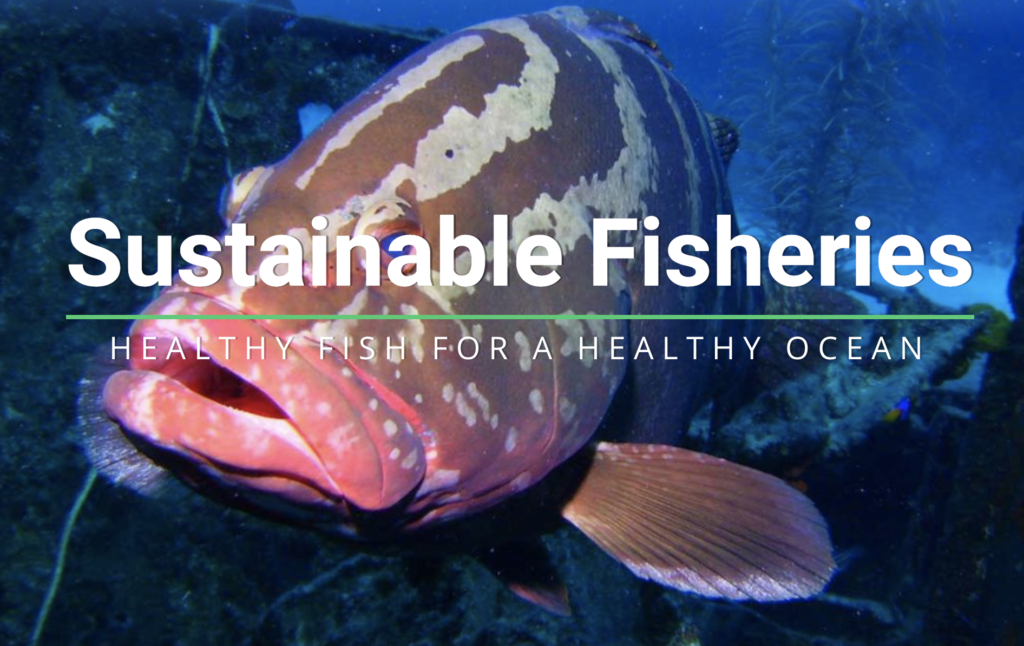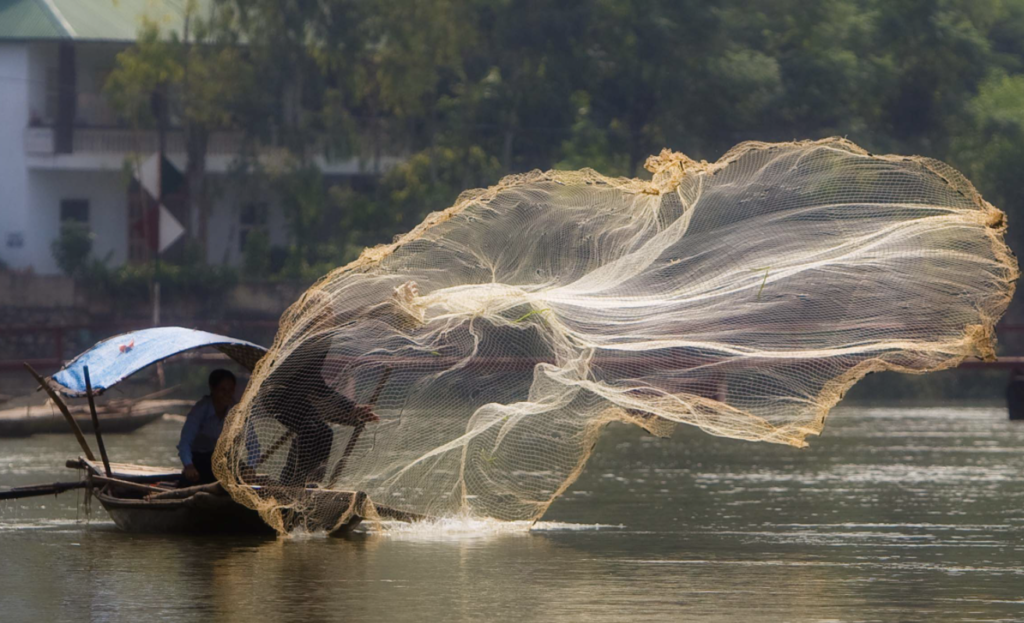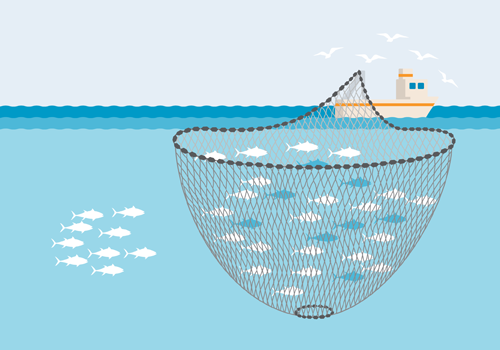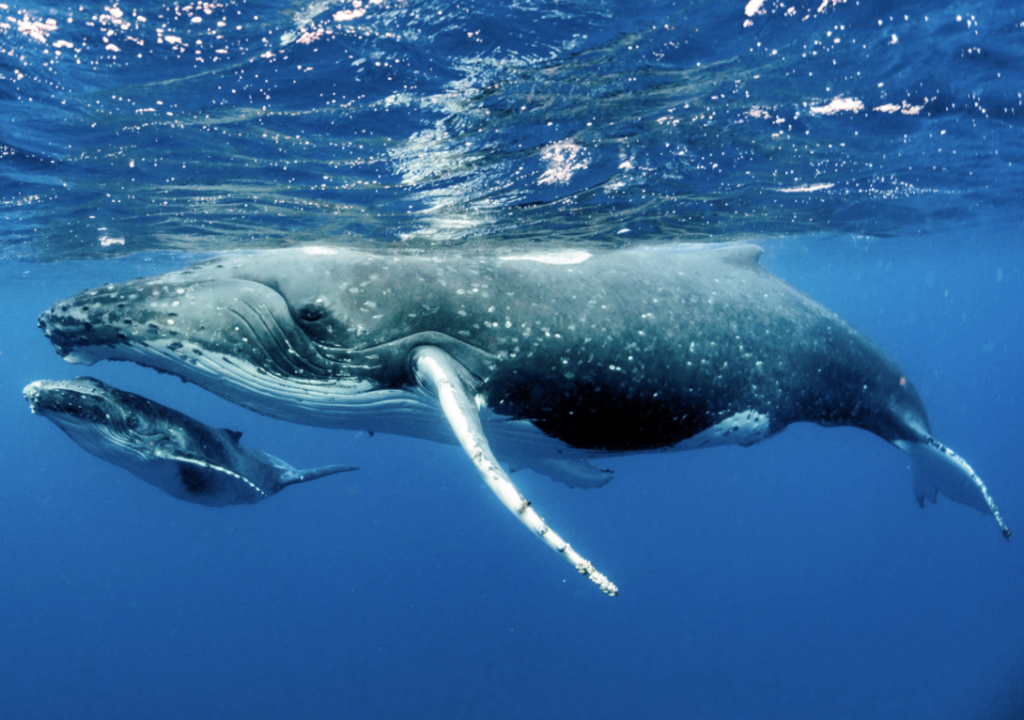Recently, the negative impacts of fisheries operations on marine animals has garnered much attention, which is great! In Pacific Whale Foundation’s (PWF) latest Making Waves series, Fisheries Interactions, we highlighted the threat of bycatch and ghost gear to marine mammals, and shared a few ways you can help lessen the impact. As a science-, education-, and conservation-based organization, we would like to address some misunderstandings that have arisen regarding this topic as it has grown in popularity.
MYTH: The oceans are going to run out of fish in 2048.
FACT: This statement came from a 2006 paper by Boris Worm, which was subsequently retracted by Worm himself.
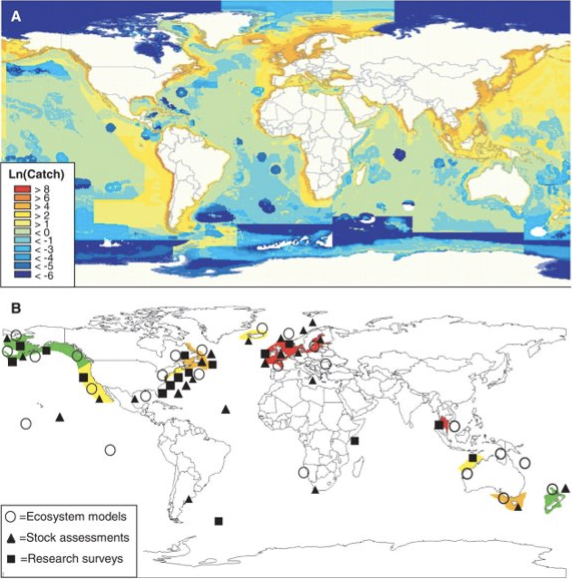
In a published research article, Worm and other scientists came together to refute this statement and determined that “Combined fisheries and conservation objectives can be achieved by merging diverse management actions, including catch restrictions, gear modification, and closed areas, depending on local context” and that both large- and small-scale fisheries are included in management solutions that have proven most successful for rebuilding fisheries and ecosystems.
Published in Science Magazine
MYTH: There’s no such thing as a sustainable fishery
FACT: This is simply not true. Millions of people have relied on the protein provided by fish for survival for centuries, and these fisheries support many communities across the globe. We encourage you to read the statement from Marine Stewardship Council (MSC) and the other articles listed below.
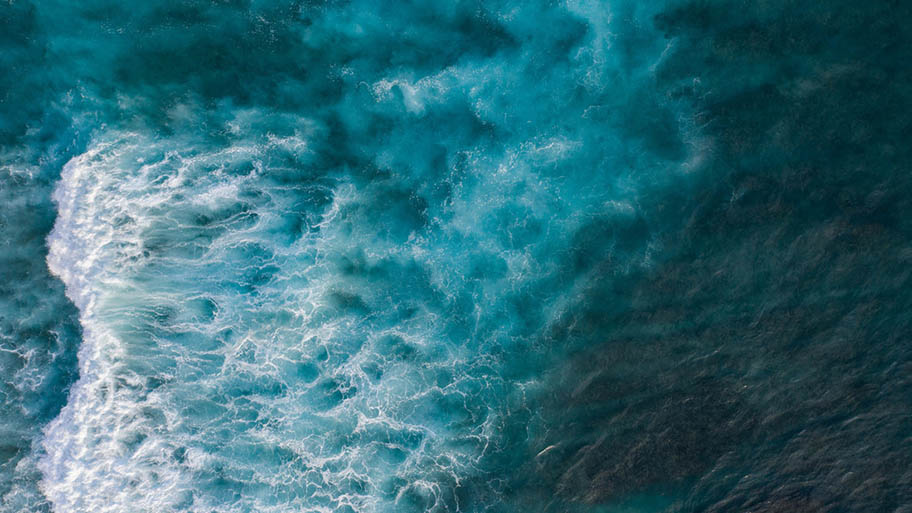
Our Seaspiracy response:
Sustainable fishing does exist and helps protect our oceans.
Marine Stewardship Council
Also, NOAA’s import provisions, which PWF fully supports, aim to support sustainable fishing and reduce marine mammal bycatch associated with international commercial fishing operations by requiring foreign fisheries exporting fish and fish products to the United States to have standards comparable in effectiveness.
MYTH: The solution to the problem of overfishing is simply that the whole world needs to stop eating fish
FACT: If only it were that simple. Many of us can choose to abstain from eating seafood, but not everyone has this privilege, especially in less developed countries. More than 10% of the world’s population relies on fish and fisheries for their livelihoods, and up to 3 billion people rely on wild or farmed seafood as their primary source of protein. Making responsible choices when it comes to seafood purchases, like sourcing locally, choosing only fish caught with pole and line or certified by the Marine Stewardship Council (MSC), reduces some of the environmental costs of commercial fishing efforts and drives consumer demand of sustainable fishing. This is what PWF recommends, as we are seeking science-driven, ethical, practical, long-term solutions to a very complex global problem. In the end, many people either will not or cannot give up eating fish, however our choices as consumers can help drive the demand for sustainably-sourced fish. This in turn, will support conscientious fisheries who are engaged in sustainable practices and, through leading by example, influence other fisheries, that will inevitably continue to fish, to do so in a sustainable way.
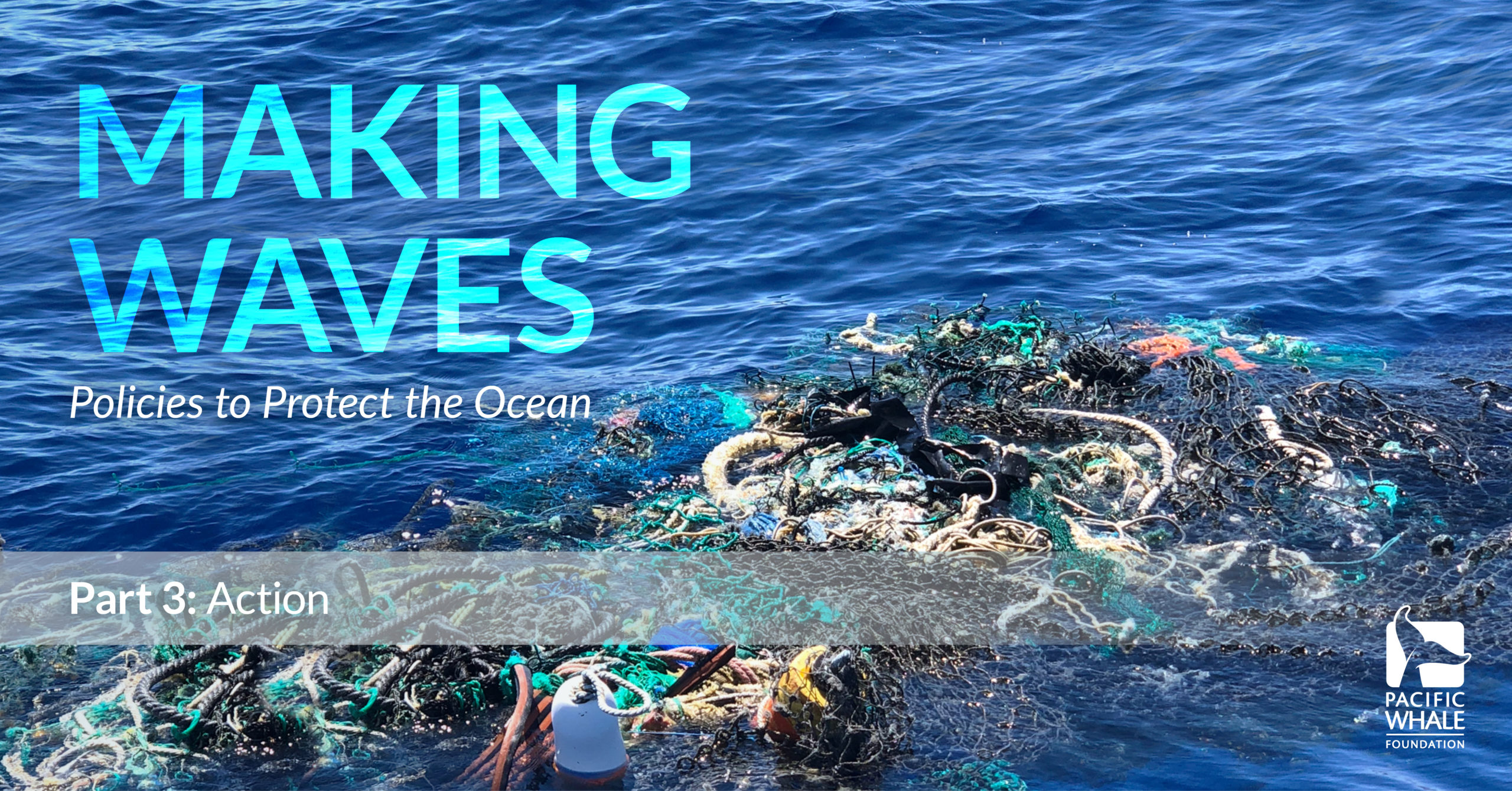
MAKING WAVES —FISHERIES INTERACTIONS PART III: ACTION
Pacific Whale Foundation
Find out what efforts PWF is taking and what you can do as a consumer.
It is helpful to understand the types of fishing techniques that lead to natural resource depletion, such as purse seine, bottom trawling and longlining. Our Making Waves: Fisheries Interactions Part 1 article as well as the articles below provide information on several fishing methods that are useful in determining which types of fish and fishing methods to avoid if you want to reduce your contribution to overfishing. For example, more than half of all tuna is caught using purse seines, so eliminating or reducing tuna consumption or choosing tuna labeled as pole-caught, troll-caught or pole-and-line caught is one way you can be part of the solution.
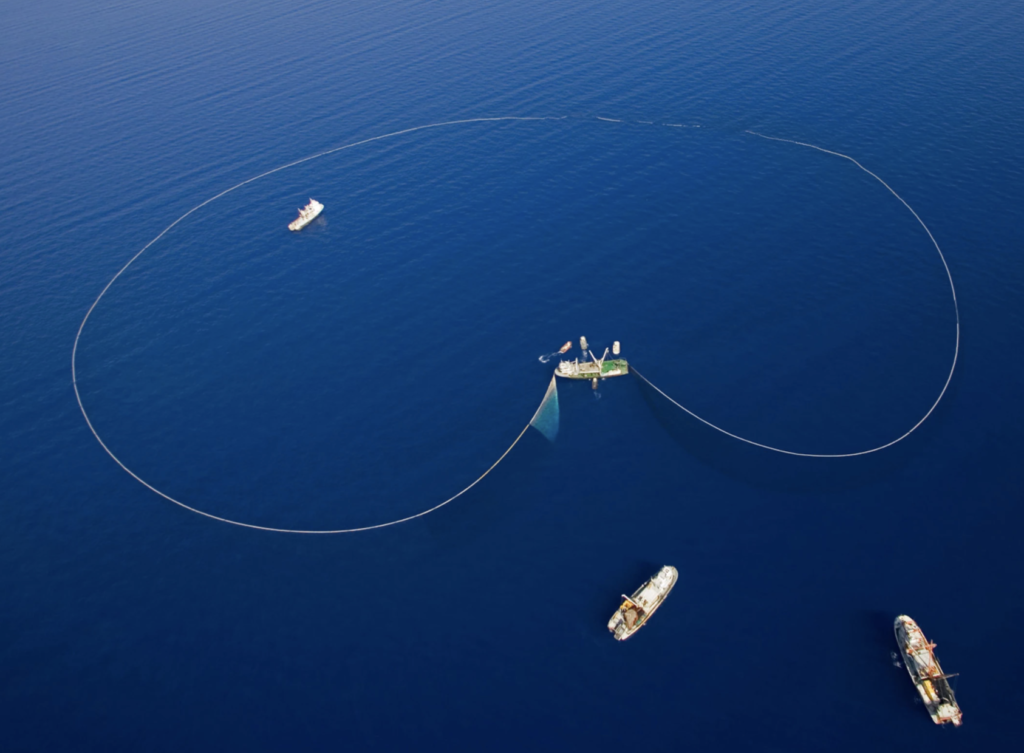
How ‘dolphin safe’ is canned tuna, really?
National Geographic Society
MYTH: Shark finning is the biggest threat to sharks
FACT: Sharks are vital for a healthy ocean ecosystem and are threatened by a variety of stressors, including entanglement in Queensland’s Shark Control Program, which PWF is actively advocating against. Although shark finning is an abhorrent practice that needs to end, the number one threat to sharks by far is unsustainable overfishing.
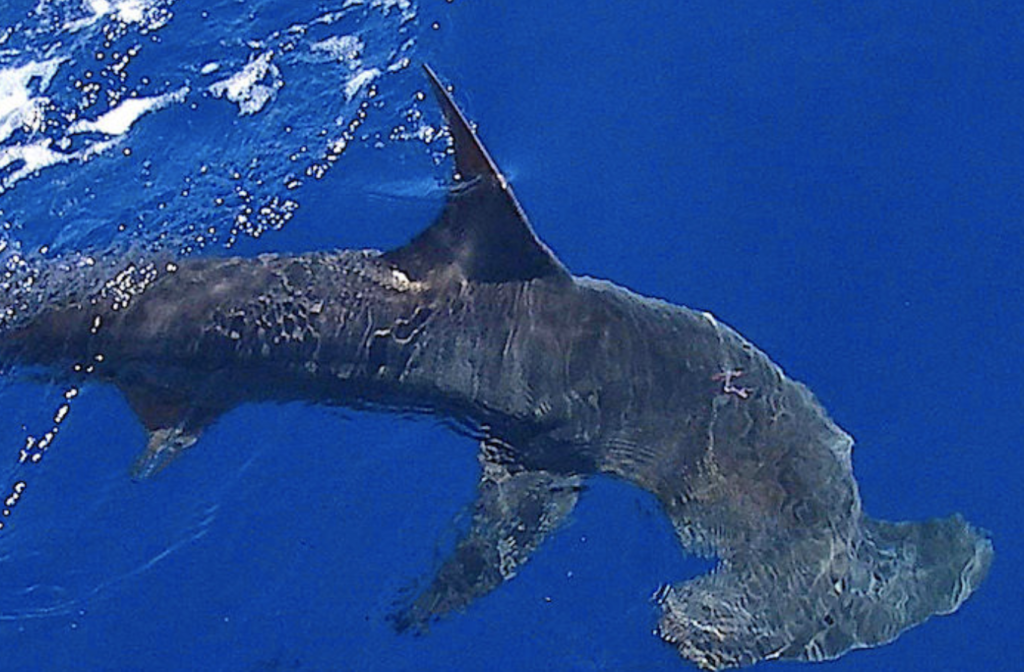
Shark fin stories by major media ‘misleading’: Q&A with David Shiffman
“The threat to sharks is unsustainable overfishing, of which shark finning is a small part. The solution overwhelmingly supported by surveyed scientific experts is not banning fishing for sharks and trade in shark products, but making fishing more sustainable. There’s scientific evidence showing this works. While you sometimes see arguments about it between me and non-experts on social media, this idea is simply not controversial in the scientific community.” – David Shiffman, a postdoctoral researcher at Arizona State University who studies shark conservation
MYTH: If whales go extinct, we’ll run out of oxygen.
FACT: Although whales are extremely important to climate regulation, and to ocean health as a whole, they are not solely responsible for the oxygen in the atmosphere. There was also a similar claim made about sharks, which has been debunked. PWF is currently partnered with the University of Hawaii Marine Mammal Research Program to quantify the bioenergetic demands of humpback whale migration between Alaskan feeding and Hawaiian breeding grounds in the face of climate change and shifting prey availability.
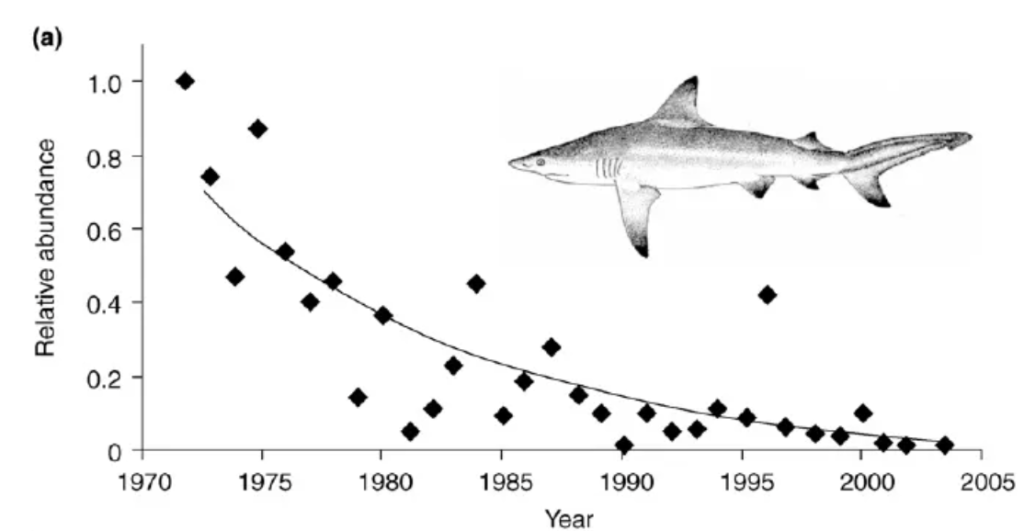
“Sharks create oxygen”: A scientific perspective
David Shiffman for Southern Fried Science
MYTH: There will be more plastic than fish in the ocean by 2050.
FACT: This calculation came from a 2015 paper and has since been discredited. In calculating how much plastic debris ends up in the ocean, the paper only predicts the world’s plastic output up until 2025 with data collected from just a single location — San Francisco Bay. In addition, the estimate for fish mass comes from a 2008 report that speculates the global mass of all marine animals based on how much phytoplankton is on the surface of the sea. Since then, the same research group concluded that there may be many times that amount of ocean biomass. And, says the lead researcher, it’s still really hard to tease out how much of that biomass is made of fish.
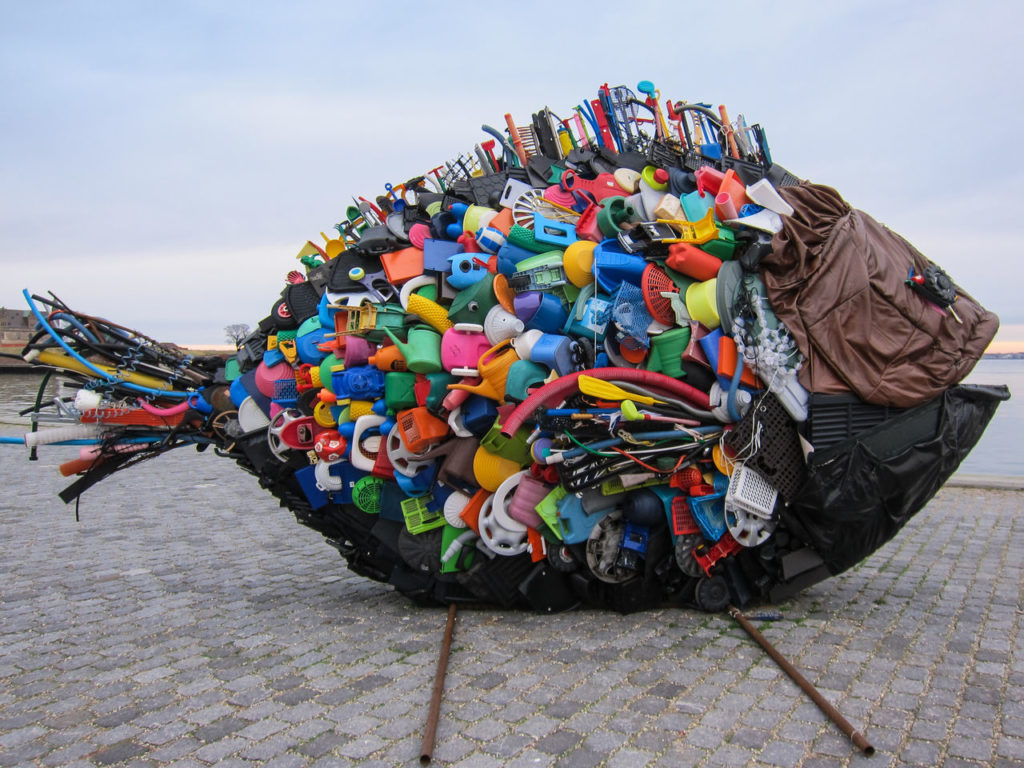
Will plastic really outweigh fish in the ocean by 2050?
Patrick Monahan for Science Magazine
Just to be clear, PWF absolutely considers plastic in the ocean an immense problem and carries out advocacy work, like formally supporting the Break Free From Plastic Pollution Act, which you can read more about in the Advocacy Efforts section on our Conservation page. In addition, we remove plastic from the ocean during our ecotours and have several Conservation projects aimed at reducing plastic in the marine environment, including RETHINK, The Last Straw, Coastal Marine Debris Monitoring Program, and Adopt a Beach.
PWF encourages everyone to always ask questions, and dig deeper. We should never take one source of information and formulate a position, as we know how fast misinformation can spread to the detriment of the causes and values we hold dear. PWF will continue to provide unbiased, informed, and science-based recommendations on how to combat the major stressors to whales and dolphins and provide the tools to take action.

